Ecology Center’s Healthy Stuff Lab tested the composition of eleven yoga mats purchased in 2019 by Consumers Advocate, an editorial and consumer review website. Two test methods were used:
- High-definition X-ray Fluorescence (XRF), which measures chemical elements including metals.
- Fourier Transform Infrared Spectroscopy (FTIR), which qualitatively identifies the molecular composition of the material, including the base polymer and major additives.
Highlights of the findings:
- A yoga mat made of recycled wetsuits contained phthalates, a hazardous class of plasticizers.
- Yoga mats labeled PER, Polymer Environmental Resin, were made of PVC (vinyl), a material that is harmful to our environment, particularly during production and disposal.
- A Natural Jute mat advertised as “organic jute and PER” was made mostly of PVC with a single layer of jute.
- The plasticizer chemical used in the PVC yoga mats was DOTP (also called DEHT), a likely safer substitute for phthalates that needs more research.
Details:
The yoga mats represented a variety of brands, prices, and materials. Our test results--summarized in this table--showed that labels on the mats were in some cases accurate and in some cases vague or misleading. As is typical of consumer products, none of the mats listed the additives present in the base polymer.
Three mats were labeled with only Natural Rubber as the material. We found these to consist of polyisoprene, which is typically natural rubber. One of those mats (Jade Harmony) additionally had a layer of nylon on the top.
One mat (Tranquil Yogi) was labeled natural rubber/cork and was found to contain polyisoprene, consistent with natural rubber, plus a cork layer on one side.
Two mats (Lululemon The Mat and Liforme Yoga Mat with AlignForMe) consisted of polyurethane and polyisoprene layers. The Liforme mat, which advertises a no-glue process to bind the top and bottom layers, contained a polyester layer in between.
One mat (ISHA Yoga Mat) was labeled TPE, a generic term meaning thermoplastic elastomer that can refer to different combinations of polymers. This mat was found to consist of EVA copolymer, also known as PEVA. EVA is commonly used in hot glue and in craft foam stickers. Despite the word “vinyl” in the name, EVA is not the same as PVC. It is a better choice from an environmental health perspective.
Three of the tested mats were found to be made largely of PVC but only one of those was labelled as such: GAIAM Premium Yoga Mat 6mm. The other two PVC mats (Ajna Natural Jute and Aurorae Synergy 2-in-1) did not clearly divulge their composition. The Aurorae mat was labeled simply PER, which stands for “polymer environmental resin,” a nonspecific term. The Ajna mat was labeled “organic jute and PER” and was found to contain a single woven layer of natural fiber consistent with jute, with the bulk of the mat being PVC.
All three PVC mats contained DOTP (dioctyl terephthalate). This plasticizer, also called DEHT (di(ethylhexyl) terephthalate) is a common replacement for ortho-phthalate plasticizers, particularly the endocrine disruptor DEHP. DOTP is likely a safer plasticizer but does have data gaps in toxicity testing and requires more research regarding its ability to interact with hormone receptors.
The Suga Recycled Wetsuit Mat consisted of crumb-like pieces of different materials adhered together. We pulled these pieces apart to test. At least two types of polyurethane were present, plus polyester threads and likely styrene-butadiene rubber or copolymer. Due to the presence of kaolin filler dominating the obtained spectra for many of these pieces, the styrene-butadiene assignment is not certain, but likely.
Separately, XRF analysis indicated chlorine at 13-14% in this mat, suggesting the presence of a chlorinated polymer. Neoprene, a chlorinated polymer, is commonly used in wetsuits and could account for the measured chlorine. We were unable to identify Neoprene in the mat. If Neoprene is present, its spectral features could possibly be obscured by the fillers.
XRF analysis found the Suga Recycled Wetsuit Mat contained antimony at several thousand parts per million. This level is typical of fabrics or foams containing antimony trioxide used as a flame retardant synergist, but the reason for antimony in this yoga mat is unknown.
A solvent extraction performed on black particles from the Suga Recycled Wetsuit Mat revealed the presence of phthalates. The specific phthalate compound(s) were not identified. The particles containing a phthalate likely consisted of styrene-butadiene copolymer and possibly other polymers as well as kaolin.
Among the tested yoga mats, several additives were detected in different combinations. The additives included the following:
- zinc stearate (a mold release agent)
- calcium carbonate (a filler/extender)
- kaolin or talc (a filler/extender)
- bis(2-hydroxyethyl) tallow amine (an antistatic surfactant)
- plasticizers, specified in the individual results below and in the Summary Table.
More about PER
PER, or “polymer environmental resin,” may be a misnomer, as these mats were made of PVC. PVC--regardless of what additives may or may not be present in the finished product--is responsible for significant toxic emissions and pollution of nearby neighborhoods during manufacture and disposal, as well as exposing workers to toxic chemicals.
The apparent manufacturer of PER, Lan Song Industrial LLC, makes a number of claims about the material. The manufacturer states PER is made of PVC plus other unspecified additives in an “environmentally friendly” process, producing a material that is biodegradable and does not emit hazardous gases when incinerated. We were unable to find substantiation for these claims.
The claim that PER does not contain phthalate plasticizers was corroborated by our testing. The mats contained DOTP instead. Unfortunately, the absence of phthalates does not by itself mean the material poses no significant hazard to our environment and health.
Recommendations for yoga mat companies
Yoga mat brands should label their products with accurate, clear information about composition. "Environmentally friendly" claims should not be attached to PVC. Each company should also review and strengthen its policies restricting chemicals of concern in products and should perform regular testing to verify compliance by suppliers.
| Sample Name | ||
|---|---|---|
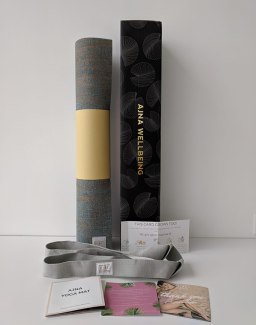
|
Ajna Natural Jute Yoga Mat | |
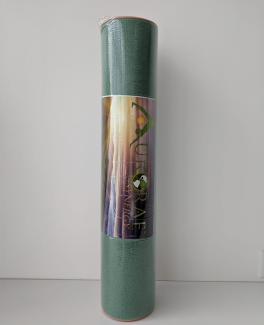
|
Aurorae Synergy 2-in-1 with Integrated Non-Slip Microfiber Yoga Mat | |
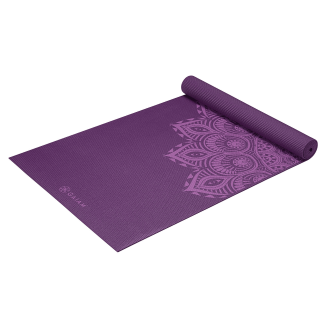
|

|
GAIAM Premium Yoga Mat 6mm |
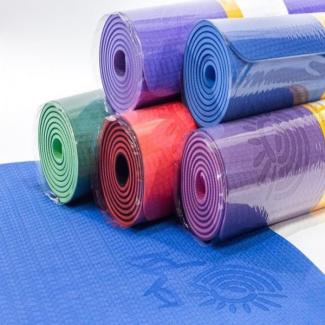
|

|
ISHA Yoga Mat |
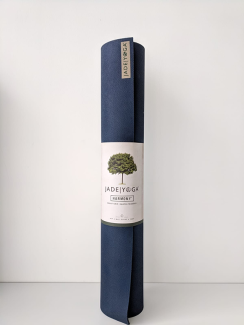
|
Jade Harmony Yoga Mat | |
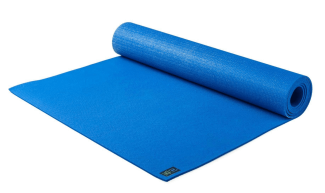
|
Jade Level 1 Yoga Mat | |
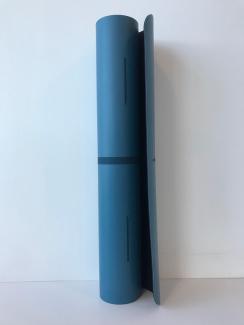
|
Liforme Yoga Mat with AlignForMe system | |
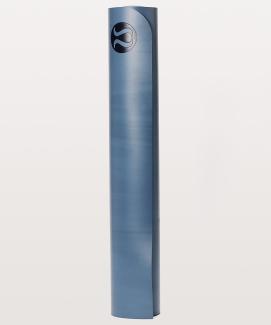
|
Lululemon The Mat Yoga Mat | |
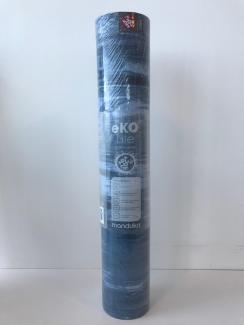
|
Manduka eKo Lite Yoga Mat | |
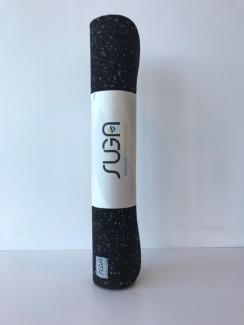
|
Suga Recycled Wetsuit Mat Yoga Mat | |
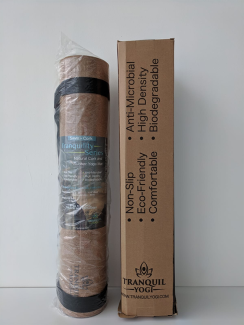
|
Tranquil Yogi Cork Mat Yoga Mat |


